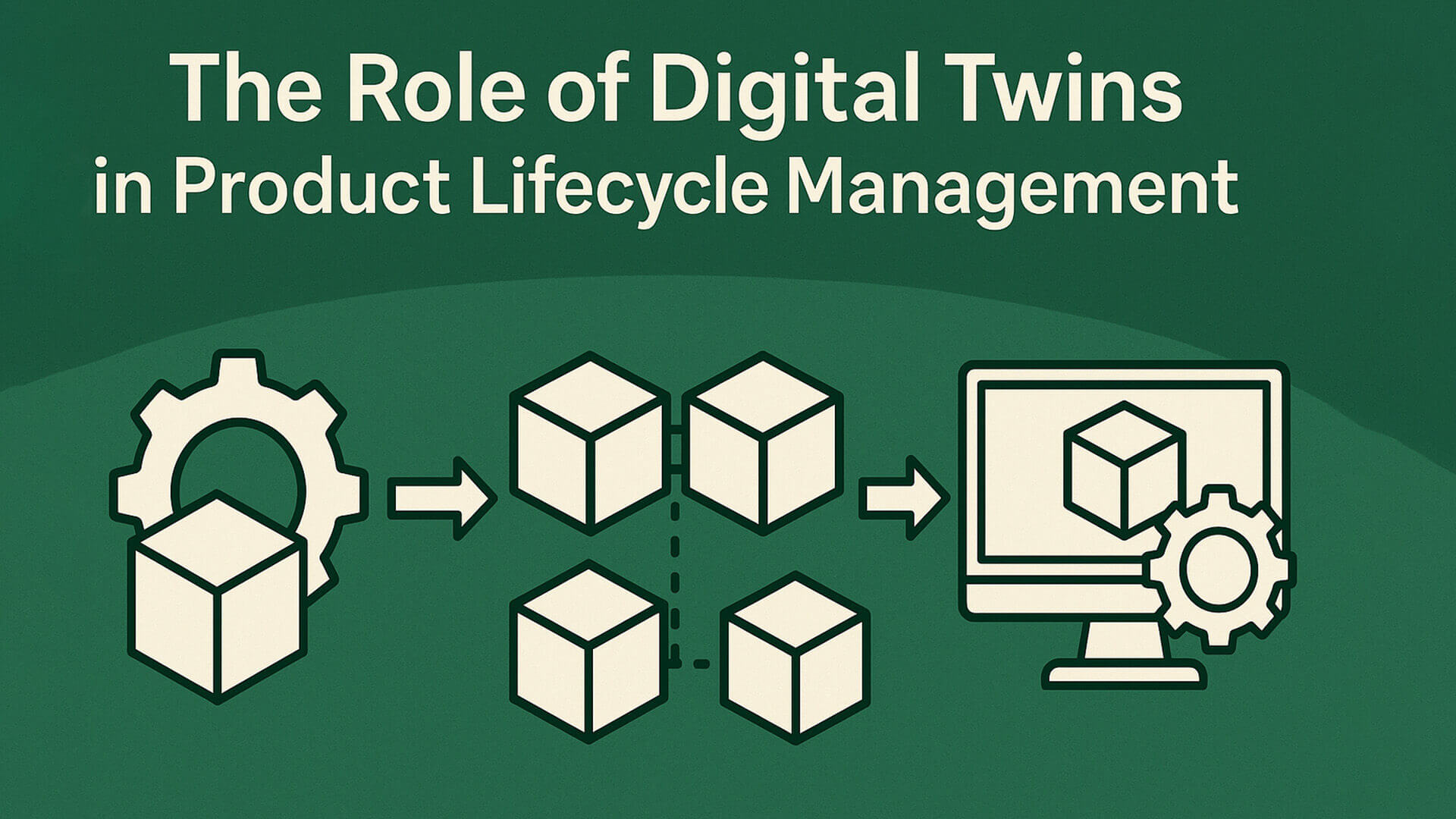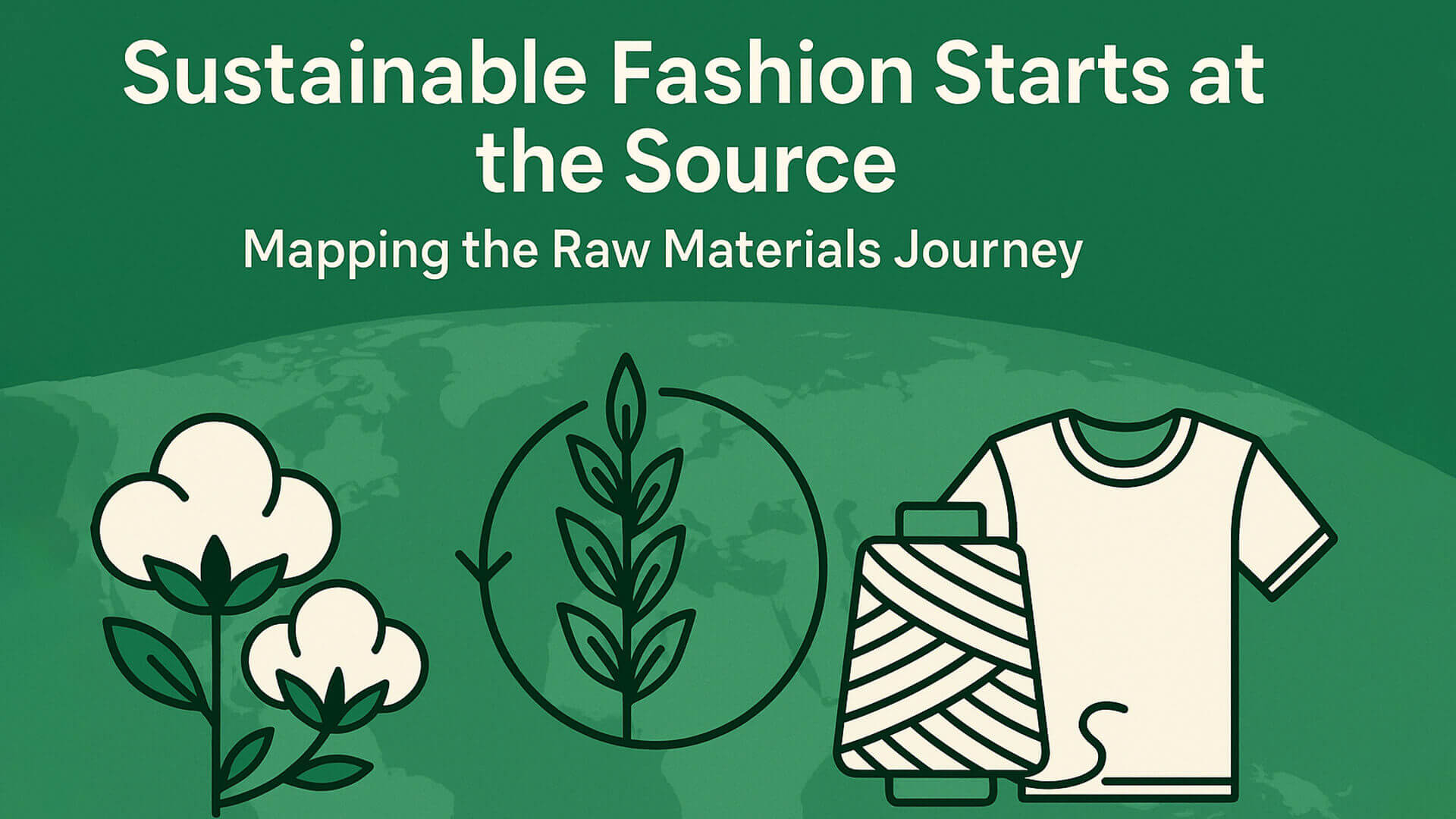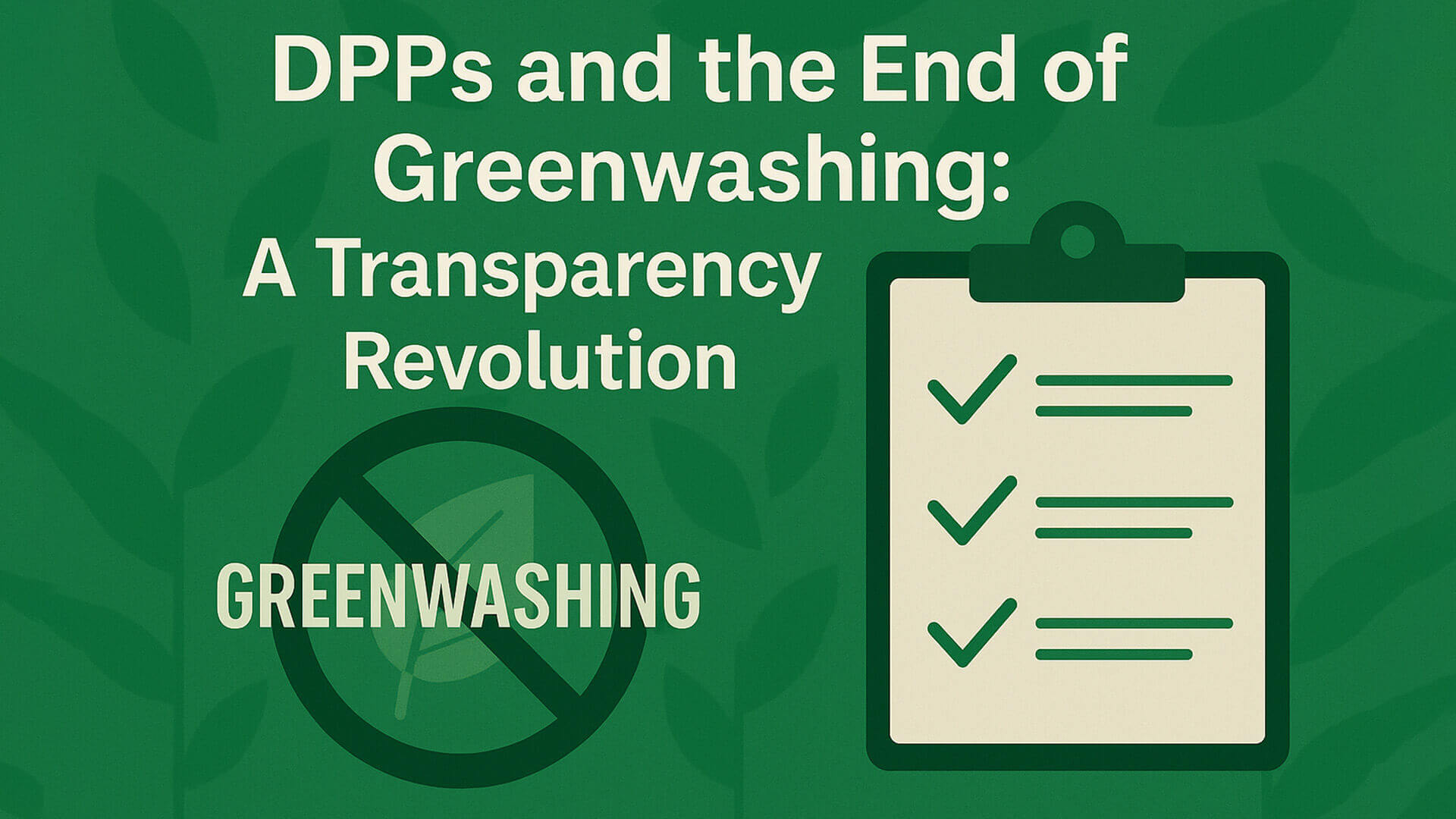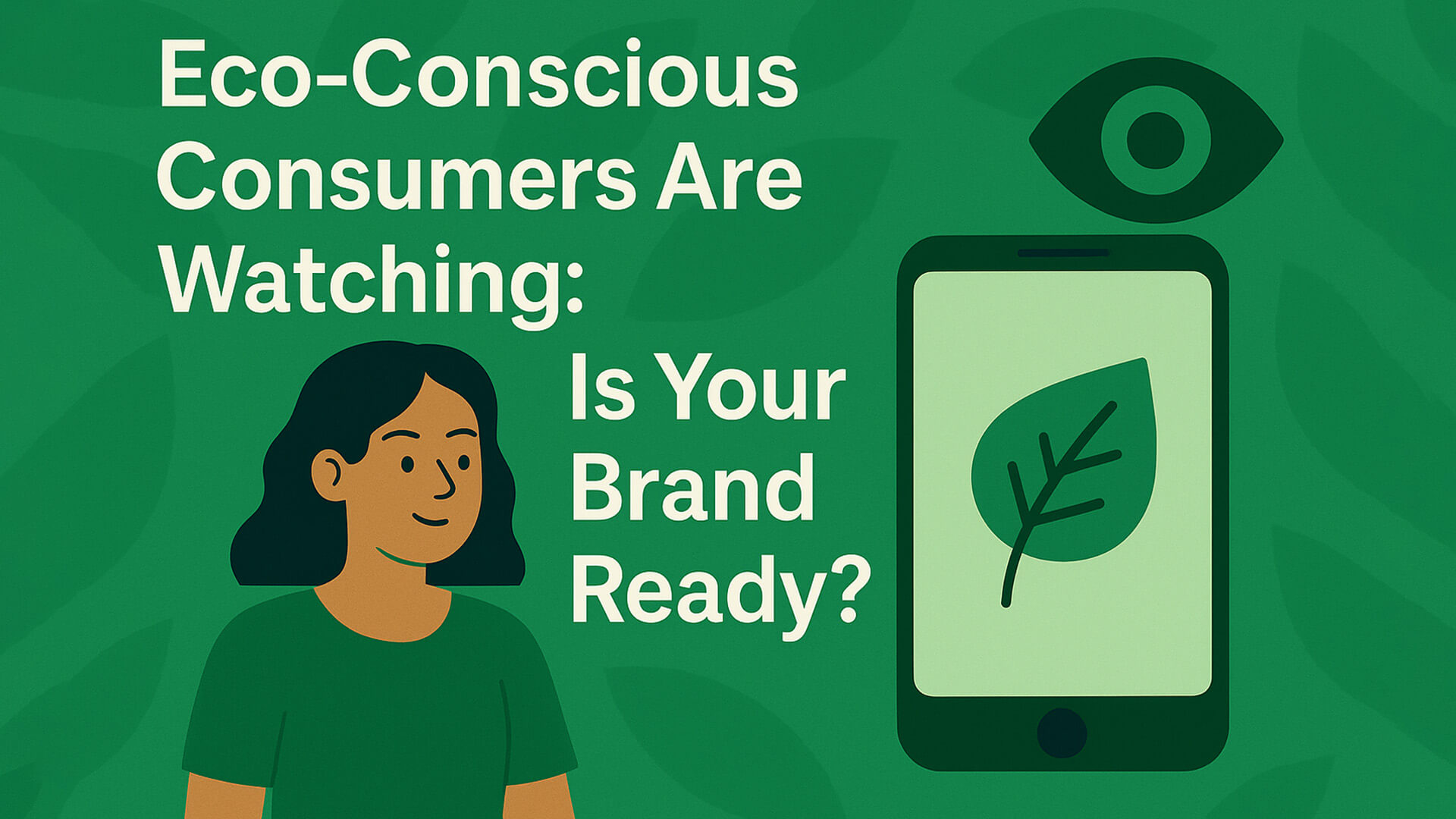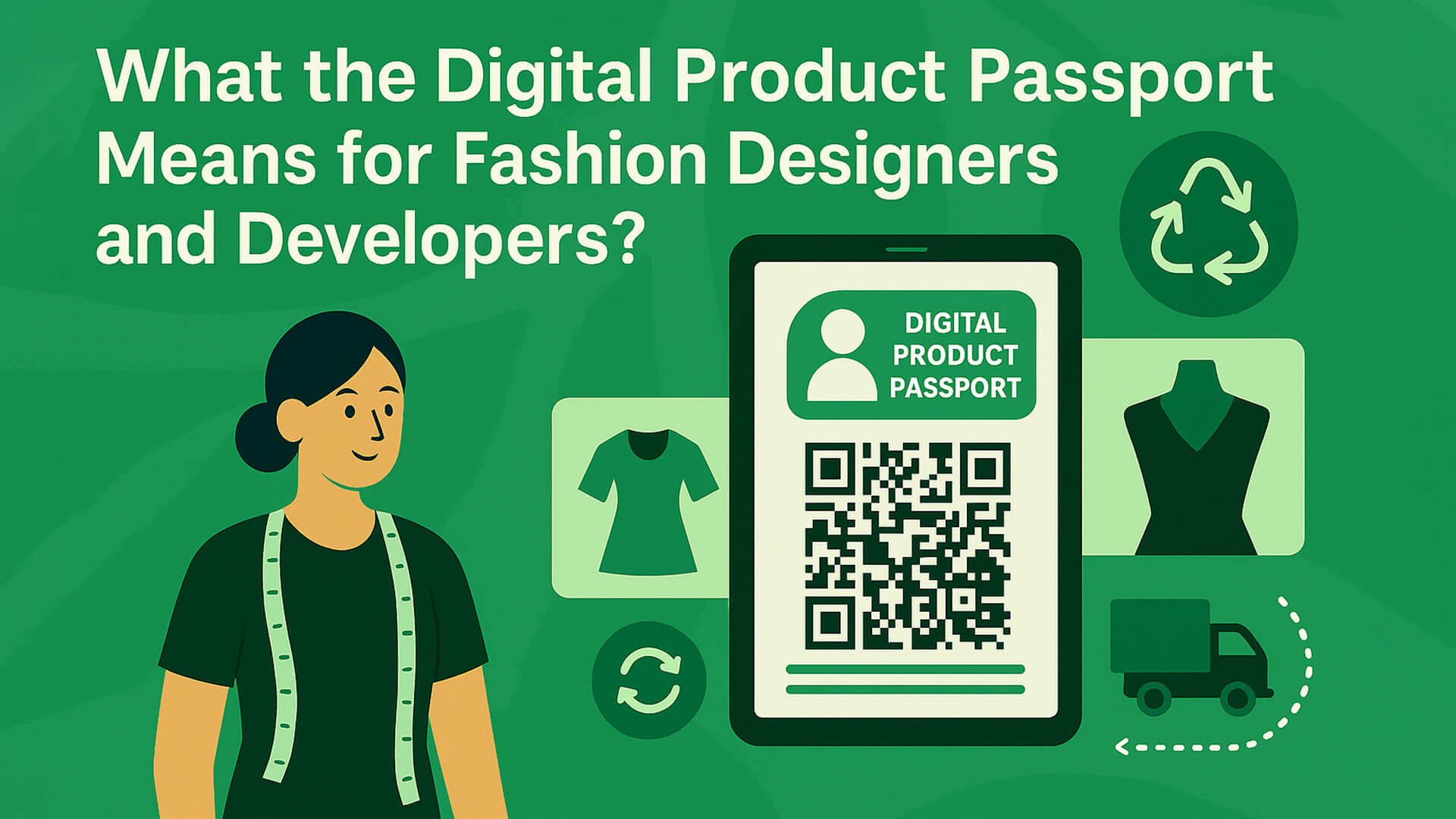- info@greenthreadsdpp.com
- Southampton, United Kingdom
Beyond Sustainability: Using Digital Product Passports to Tell Authentic Brand Stories

The fashion industry is undergoing a seismic shift. As conversations evolve from sustainability to regeneration, transparency to accountability, one tool is emerging as a pivotal enabler: the Digital Product Passport (DPP). More than a compliance mechanism, DPPs offer brands a storytelling canvas, one capable of weaving traceability, authenticity, and impact into every garment's digital thread.
What Is a Digital Product Passport?
At its core, a Digital Product Passport is a standardized digital protocol embedded into a product, carrying essential information about its materials, lifecycle, origin, usage, and environmental impact. Originally conceived to support the EU's Sustainable Products Initiative, DPPs have gained global attention as instruments for circularity and traceability. But here's the twist, they're also narrative powerhouses.
Rather than reducing a brand’s ethos to a few sustainability claims on a care label, DPPs allow companies to showcase the full journey behind each product. From sourcing regenerative cotton to ensuring ethical labour conditions and promoting end-of-life recyclability, every decision becomes part of the story.
At Green Threads DPP we help not only calculate the core data for your range of goods, we help bring it to life on the page. Emulating your brand identity and collateral to provide a seamless addition to your marketing toolbox.
The Shift from Sustainability to Authenticity
Today's consumers are no longer satisfied with vague buzzwords. Terms like “eco-friendly” and “sustainable” have been diluted by overuse and under-evidence. Shoppers and increasingly regulators are demanding granular, credible proof behind brand claims.
Digital Product Passports offer that proof. They shift sustainability from a marketing angle to an embedded feature, bringing visibility into:
-
Materials and sourcing: Detailing origin, certifications, carbon footprint
-
Production standards: Including supplier audits, living wages, and safety records
-
Logistics and impact: Transport emissions, water usage, packaging transparency
-
Circular potential: Repairability scores, return schemes, recyclability
But beyond data lies narrative. DPPs empower brands to present this rich information as a cohesive story one where products have purpose, provenance, and impact.
Why Storytelling Matters
Authentic brand storytelling builds trust, loyalty, and community. It transforms transactional relationships into meaningful connections. And in the age of data fatigue and greenwashing backlash, storytelling backed by verified information is vital.
Brands using DPPs can integrate:
-
Multimedia storytelling: Videos from farms or factories, voices of workers, and interviews with designers
-
Real-time updates: Tracking carbon savings, usage stats, or repair timelines
-
Digital engagement: QR codes linking consumers to immersive product journeys
For example, imagine a consumer scanning a pair of jeans and seeing a short clip from the regenerative cotton farm in India where the fabric originated. They read about the energy-efficient dyeing process used in Turkey, and finally, see instructions on how to return the jeans for recycling. It's no longer just denim it’s a journey they’re part of.
DPPs as a Bridge Between Industry and Consumer
From regulatory compliance to consumer connection, DPPs serve as a critical bridge. For brands, they future-proof operations against incoming legislation like the EU Digital Passport rollout, and for consumers, they become enablers of conscious choices.
In B2B settings, DPPs also enhance:
-
Supplier accountability
-
Interoperability across platforms
-
Verification for third-party auditors and NGOs
In B2C, they foster:
-
Transparency at the point of sale
-
Informed decision-making
-
Emotional engagement through verified storytelling
Building DPPs for Storytelling: Key Considerations
To use Digital Product Passports as brand-building tools, companies should consider:
These elements turn compliance tools into compelling stories—ones that resonate with both regulators and end users.
Where Do We Go From Here?
As circular economies become standard practice and digital labelling gains traction, DPPs will move from novelty to necessity. The challenge for brands is not just to adopt them, but to use them meaningfully—to move beyond sustainability and into storytelling that educates, inspires, and empowers.
Fashion isn’t just fabric and form; it’s a tapestry of culture, commerce, and conscience. And with Digital Product Passports, every thread of that tapestry can be traced, celebrated, and shared.

